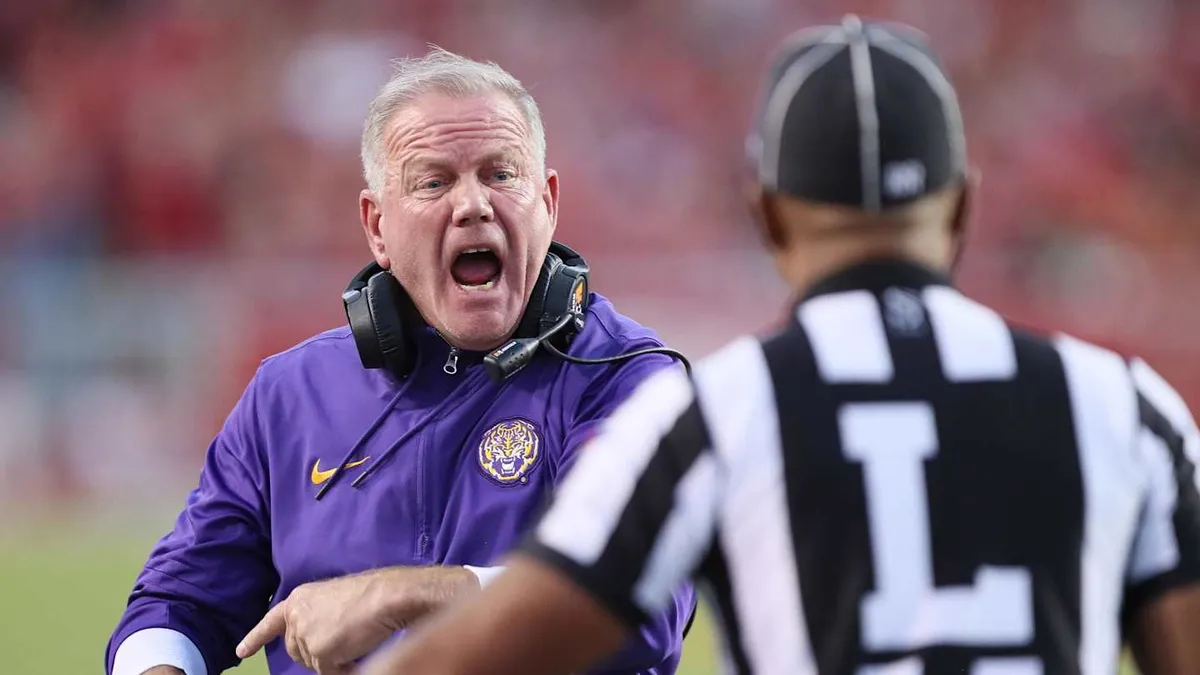
The world of college football is no stranger to the coaching carousel, a phenomenon characterized by the rapid hiring and firing of coaches across various programs. This chaos not only affects the teams involved but also has profound implications for players, fans, and the institutions themselves. As the sport evolves into a multi-billion dollar industry, understanding the hidden costs associated with these frequent coaching changes becomes increasingly important.
In today’s big money era of college football, the financial stakes are incredibly high. When a university decides to part ways with a coach, it often entails substantial buyout payments that can reach millions of dollars. These costs are just the tip of the iceberg, as programs must also invest in new coaching staff, facilities, and recruitment efforts to maintain their competitive edge. The financial burden can strain athletic budgets and impact funding for other sports, raising questions about the sustainability of such a model.
While coaches come and go, the players are the ones who face the brunt of these changes. A new coach often brings a new philosophy, different playstyles, and, in some cases, a complete overhaul of the existing roster. This instability can lead to transfers, as players seek a more consistent environment to develop their skills. The constant churn can disrupt team chemistry and hinder recruitment efforts, as prospective athletes may be wary of joining programs with uncertain coaching situations.
As we assess the current landscape, names like James Franklin and Lane Kiffin come to the forefront. Both coaches have been subjects of speculation regarding their futures and potential fits at various programs. Franklin has been lauded for his ability to develop talent, while Kiffin is known for his innovative offensive strategies. Understanding their potential fits at different schools can provide insight into how the coaching carousel might evolve in the coming months.
The recent firing of Brian Kelly from LSU has sparked discussions about the state of college football. This decision encapsulates the harsh realities of coaching in a high-pressure environment where expectations are sky-high. As programs increasingly prioritize immediate results, coaches face immense pressure to win, often leading to swift and sometimes unjust terminations. This trend raises ethical questions about the treatment of coaches and the long-term implications for college football.
As the coaching carousel continues to spin, it’s essential to recognize the hidden costs associated with this chaos. From financial burdens to impacts on players and the overall stability of programs, the ramifications extend far beyond the immediate decisions made by athletic directors. As fans and stakeholders, understanding these dynamics can help foster a more informed dialogue about the future of college football.